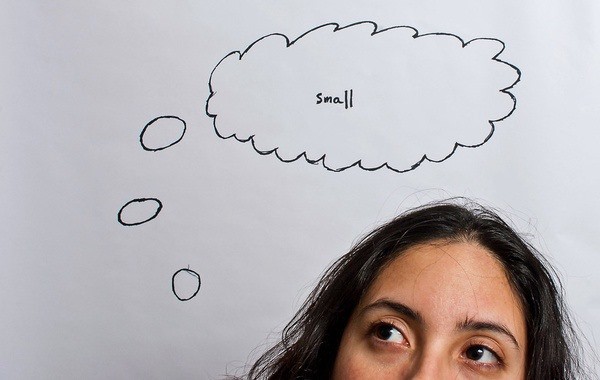Multi-billion-dollar companies with huge research and development and legal budgets certainly have an advantage over smaller entities when it comes to patents.
According to Statista, the top-10 companies with the most US patents granted to them in 2020 were (from most to least):
- IBM (with a whopping 9,130 patents)
- Samsung
- Canon
- Microsoft
- Intel
- TSMC
- LG
- Apple
- Huawei
- Qualcomm (2,276 patents)
To start with, there’s the cost of R&D. According to a senior Apple executive, as the New York Times reported, Apple spent over $150 million to create the original iPhone.
In 2020, Moderna received $483 million from the US government to develop a COVID-19 vaccine, as the Times also reported.
With major investments like that, the cost of filing a patent application to protect an invention is a relatively tiny part of the budget.
The costs of filing a patent generally include filing fees, legal fees, and fees paid for the patent drawings.
Filing a US patent application can cost less than $1000 for a do-it-yourself version, or more than $16,000 for a complex application (such as for software or a complex machine) drafted by a patent lawyer.
The US Patent and Trademark Office (USPTO) makes things a little easier for small businesses by providing discounts to those who qualify for small or micro entity status.
For example, the basic filing fee for a utility patent application is $320. It’s $160 for a small entity and $80 for a micro entity.
Under 37 CFR § 1.27, a small entity can be an individual, a small business, or a nonprofit organization such as a university.
A “small business” isn’t defined in the patent statute, but the Small Business Administration (SBA) defines a “small business concern” as one that:
- is independently owned and operated
- is not dominant in its field, and
- meets any applicable criteria for a particular industry concerning a number of employees (usually less than 500) or annual receipts (usually less than $7 million) or annual profits (usually less than $2 million).
All workers employed on a full-time, part-time, or other basis are counted in determining the number of employees under 13 C.F.R. § 121.106(a). This includes temporary employees obtained from an agency or employee leasing company. When the number of employees fluctuates over the course of a year, the average over the previous 12 months is used.
A more detailed explanation of the eligibility requirements is here.
The “micro-entity” status category was introduced in 2011 as part of the America Invents Act. For a business to qualify for micro entity status, the following criteria must be met:
- The applicant qualifies as a USPTO-defined small entity;
- Neither the applicant nor the inventor nor a joint inventor has been named as an inventor on more than four previously filed applications;
- Neither applicant nor the inventor nor a joint inventor had a gross income in the previous year from when the fee(s) is paid off more than the “Maximum Qualifying Gross Income,” which is three times the median household income; and
- Neither the applicant nor the inventor nor a joint inventor has assigned, granted, or conveyed, nor is under an obligation to assign, grant, or convey, a license or other ownership interest to another entity that does not meet the same “Maximum Qualifying Gross Income” limit.
The “Maximum Qualifying Gross Income” is currently $202,563.
Falsely claiming to be a small or micro entity in order to save a few dollars on patent applications can have serious repercussions, including civil and criminal penalties and making the patent unenforceable due to inequitable conduct before the Patent Office.
Just like the haiku above, we like to keep our posts short and sweet. Hopefully, you found this bite-sized information helpful. If you would like more information, please do not hesitate to contact us here.


